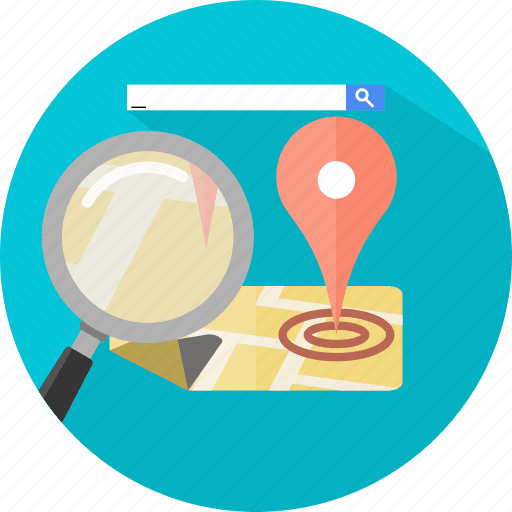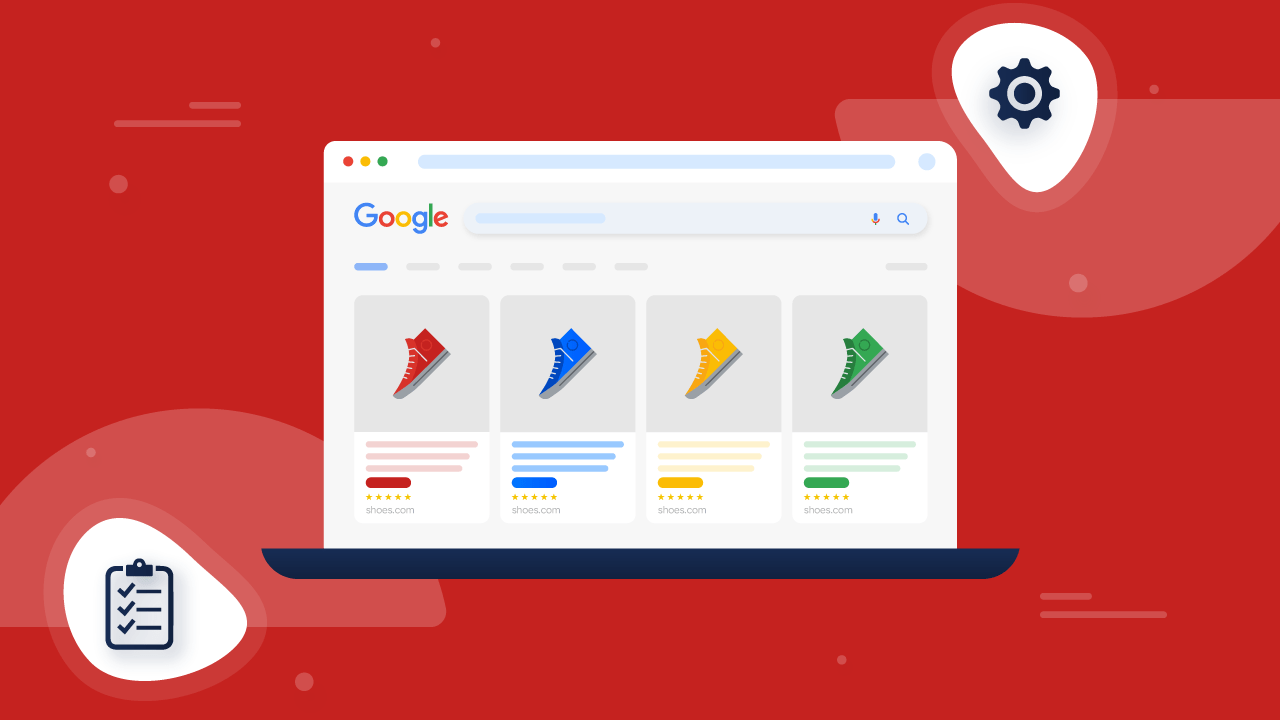
Nowadays, your site’s performance, security, and user-friendliness are critical. It’s all about creating a seamless, trustworthy, and high-performing visitor experience. So, it’s necessary to be familiar with the process of a website health check and some essential tools to help you with it!
Website speed optimization
When it comes to website speed optimization, the need for a swift-loading site cannot be overstated. Slow-loading pages will frustrate visitors and always lead to high bounce rates. To tackle this issue effectively, utilize tools like PageSpeed Insights and GTmetrix to pinpoint areas for improvement. Compress images, work to minimize CSS and JavaScript files, and leverage browser caching. These techniques reduce page load times and enhance user experience.
Optimizing server response times and using Content Delivery Networks (CDNs) can distribute content efficiently to users worldwide. Keep in mind that a speedier site pleases users and earns favor with search engines, potentially boosting your SEO. Therefore, prioritize speed optimization to ensure a seamless, user-friendly experience for your audience.
Mobile responsiveness
Mobile responsiveness is a crucial element that can significantly boost your website conversion rate. Leveraging tools such as Mobile-Friendly Test and Responsinator, you can ensure that your site seamlessly adjusts to diverse screen sizes. This ensures your site adapts to every user, making navigation and content consumption effortless for mobile visitors. When your site looks and functions well on smartphones and tablets, it enhances satisfaction and trust. This positive experience can lead to higher engagement, longer time spent on your site, and more conversions. Google also rewards mobile-responsive sites with improved search rankings, increasing your chances of attracting potential customers.
SEO performance
Optimizing your website’s SEO performance is another important part of a website health check. When you’re aiming for greater outreach, SEO is your best bet. To enhance it, however, you’ll need more than just SEO. Understanding your audience, creating quality content, and even meta-optimization are all essential for earning trust from search engines. With tools like Google Search Console and SEMrush, you gain invaluable insights into your website’s SEO health. These tools reveal the keywords that resonate with your audience, track your rankings, and unveil opportunities for improvement. You climb search engine rankings and attract organic, targeted traffic by embracing best SEO practices. This traffic will likely convert into engaged users, subscribers, or customers.
Security and SSL
Security and SSL (Secure Sockets Layer) are the cornerstones of a safe and trustworthy online presence. With all the cyber threats nowadays, safeguarding your website is paramount. SSL certificates encrypt data transferred between users and your site, protecting sensitive information like passwords and payment details from prying eyes. This encryption enhances user trust and plays a pivotal role in SEO, as Google favors secure sites in its rankings. Additionally, tools like Sucuri and SSL Checker help you monitor your website’s security status and ensure your SSL certificates are up to date. By prioritizing security and SSL, you shield your site from potential threats and send a clear message to visitors that their safety is your top priority!
Content quality and readability
Ensuring high-quality content and readability is paramount, especially since this can help increase user engagement on your website. When your content is informative, well-structured, and easy to understand, visitors are more likely to stay, read, and interact with your site. Tools like Grammarly and Readable can assist in refining your content for clarity and correctness. Moreover, creating content that resonates with your target audience establishes trust and authority, making them more inclined to explore further. High-quality content is also pivotal in SEO, as search engines value informative and well-presented information.
Broken links and redirects
Addressing broken links and implementing effective redirects is pivotal for a seamless user experience on your website. Broken links can frustrate visitors, hinder navigation, and harm your SEO rankings. Tools like Broken Link Checker and Redirect Checker are valuable assets in identifying and fixing these issues. Moreover, redirects are essential when you’ve restructured your site or updated content. However, while at it, you should also give your backlink portfolio a thorough check. Ensuring your backlinks are still valid and relevant can positively impact your SEO. Keeping your website’s links in good order enhances user satisfaction and maintains a favorable standing with search engines. Thus, addressing broken links, implementing redirects, and monitoring your backlinks are vital steps to keep your website user and SEO-friendly.
Image optimization
Image optimization is a crucial aspect of website performance that should not be overlooked when doing a website health check. Images not properly optimized can slow down your website’s loading speed, leading to a poor user experience. Utilizing tools like Smush and TinyPNG, you can efficiently reduce the file size of your images without compromising on quality. This ensures faster page loading and conserves bandwidth, which is especially important for mobile users. Additionally, optimizing images can positively impact your SEO efforts, as search engines favor fast-loading websites.
Accessibility
Accessibility is a truly crucial part of a website health check. It’s not merely about compliance, either. It’s about ensuring that everyone, regardless of their abilities or disabilities, can easily access and use your site. Web accessibility tools like WAVE and Axe can help you evaluate and enhance your site’s accessibility, ensuring it complies with guidelines like WCAG (Web Content Accessibility Guidelines). When your website is accessible, you create a welcoming environment for all users, regardless of their disabilities, providing equal opportunities for everyone to interact with your content and services.
Backup and recovery
Backup and recovery are the safety nets every site owner should embrace. Accidents, data breaches, or server failures can happen when least expected, jeopardizing your online presence. Leveraging the right digital tools, such as UpdraftPlus and BackupBuddy, is vital to safeguard your data and swiftly recover from unexpected setbacks. Regularly backing up your data also ensures that your content, databases, and configurations are safely stored off-site, ready to be restored if needed. This proactive approach provides peace of mind and minimizes downtime, preventing potential loss of revenue and customer trust.
Protecting the long-term health of your site
With what we covered on the process of a website health check, remember that your site’s well-being is an ongoing journey. Regular check-ups and maintenance are key to sustained success in the digital realm. By implementing the tools and practices discussed, you’ll be better equipped to navigate the dynamic online landscape! And in turn, you’ll ensure that your site remains robust, secure, and user-friendly.








